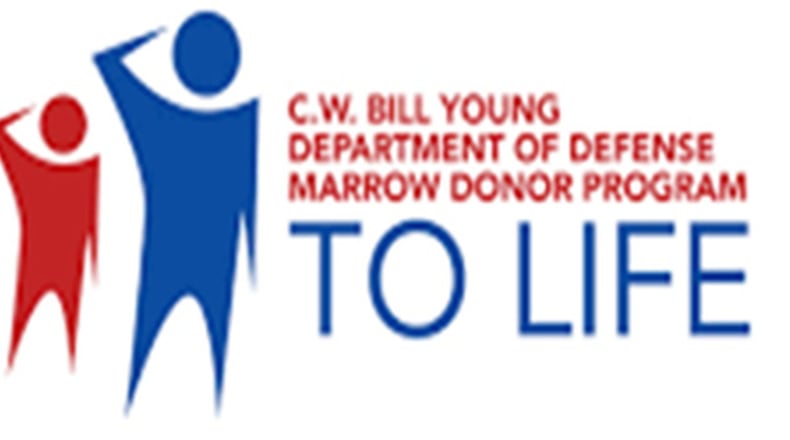The C.W. Bill Young Department of Defense Marrow Donor Program, also called Salute to Life, was created in 1991 and has since carried the mission of finding suitable bone marrow and stem cell donors from across the DoD.
Finding the correct donor is no easy task. Each donor will be tested for his or her human leukocyte antigen type, or HLA, a specific protein marker that determines which cells the body will accept and which they will reject. Because donors need to be matched so specifically, the vast majority are never called as a match. This is why it is so important to create the largest and most diverse database possible, to give each patient the best chance at finding a donor.
Persons between the ages of 18 and 60 who are generally healthy are eligible to complete initial screening. To pick up a test kit at the blood donor center at the Wright-Patterson Medical Center, or request one by mail online. Test kits include a consent form as well as a cheek swab.
“Bone marrow donors offer hope and save lives,” said Eddy Medina, senior recruiter at Salute to Life. “By giving of their time and themselves, they provide precious opportunities to patients who would otherwise be without options.”
Since the program’s inception, Salute to Life has helped more than 1 million DoD personnel join the pool of bone marrow and stem cell donors.
Active-duty, guard, reserve, military dependents and DoD civilian employees are eligible to join the national registry through the Salute to Life. For more information or to request a test kit, visit www.salutetolife.org.
About the Author
